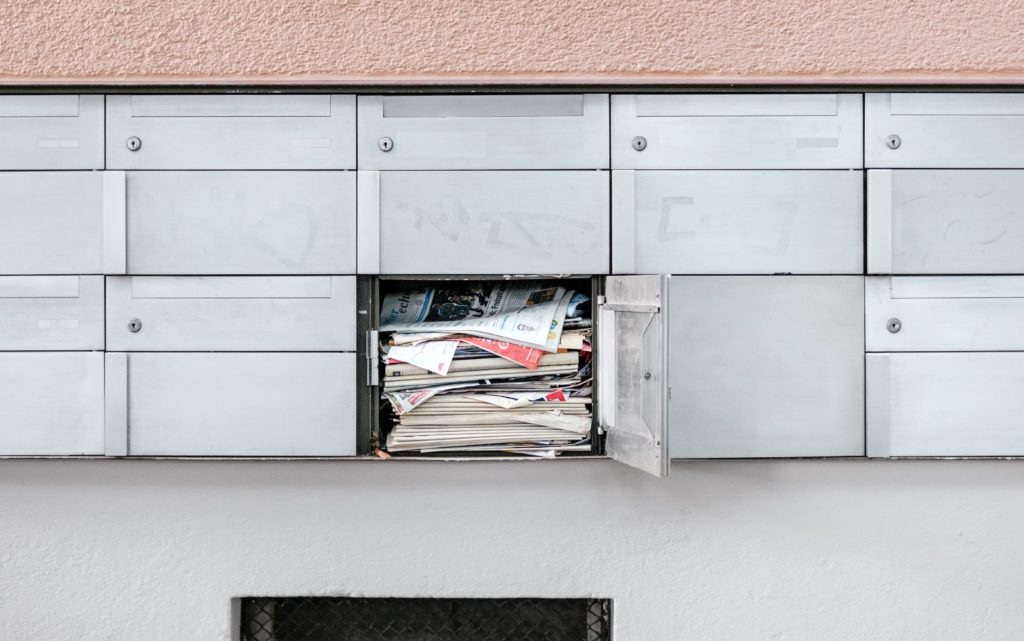Unfortunately, junk email is a daily occurrence in almost any organisation. In fact, the total global email and spam volume for October 2018, found that 85.3% of global traffic is spam, which equates to an average daily volume of 221.56 billion. Spam is clearly an enormously prevalent problem, but how much do you really know about it? We’ve put compiled a list of 7 things you probably didn’t know about junk email, to help you stay ahead of the curve.
1. The first unsolicited bulk email was reportedly sent on May 3rd 1978. It was sent by Gary Thuerk, a computer electronics marketing manager. He sent the unsolicited pitch to around 400 potential customers via ARPANET, a forerunner to the modern internet, operated by the US Department of Defence. While his campaign caused an onslaught of complaints it also generated $13 million in sales.
2. On April 12th 1994, the first intentional spam email was sent by a pair of American lawyers, Laurence Canter and Martha Siegel. They mass emailed an advert for their law firm to 6000 potential US green card applicants.
3. The Oxford Dictionary included the term ‘spam’ as a definition for junk email for the first time in 1998.
4. America is actually the world leader in terms of spam output, followed by China, Russia, Ukraine and Japan (source Spamhaus)
5. Spam costs billions every year. A report by the UK government found that in 2016 alone, junk emails cost UK residents an estimated £10 billion. According to the same report almost 700,000 cases of cyber fraud were recorded in 2016 but there could have been as many as 1.9 million incidents.
6. The most common content for spam email is healthcare, in 2017 this accounted for 26.6% of total spam volume. While malware accounted for 25.7% and dating 21.4%.
7. It’s essential that your business has professional protection from junk email. MailCleaner is an easy to install, anti-spam gateway that detects and blocks 99% of junk email before it reaches your inbox. Spam email is then sent to a quarantined zone where it is unable to cause any further damage.
